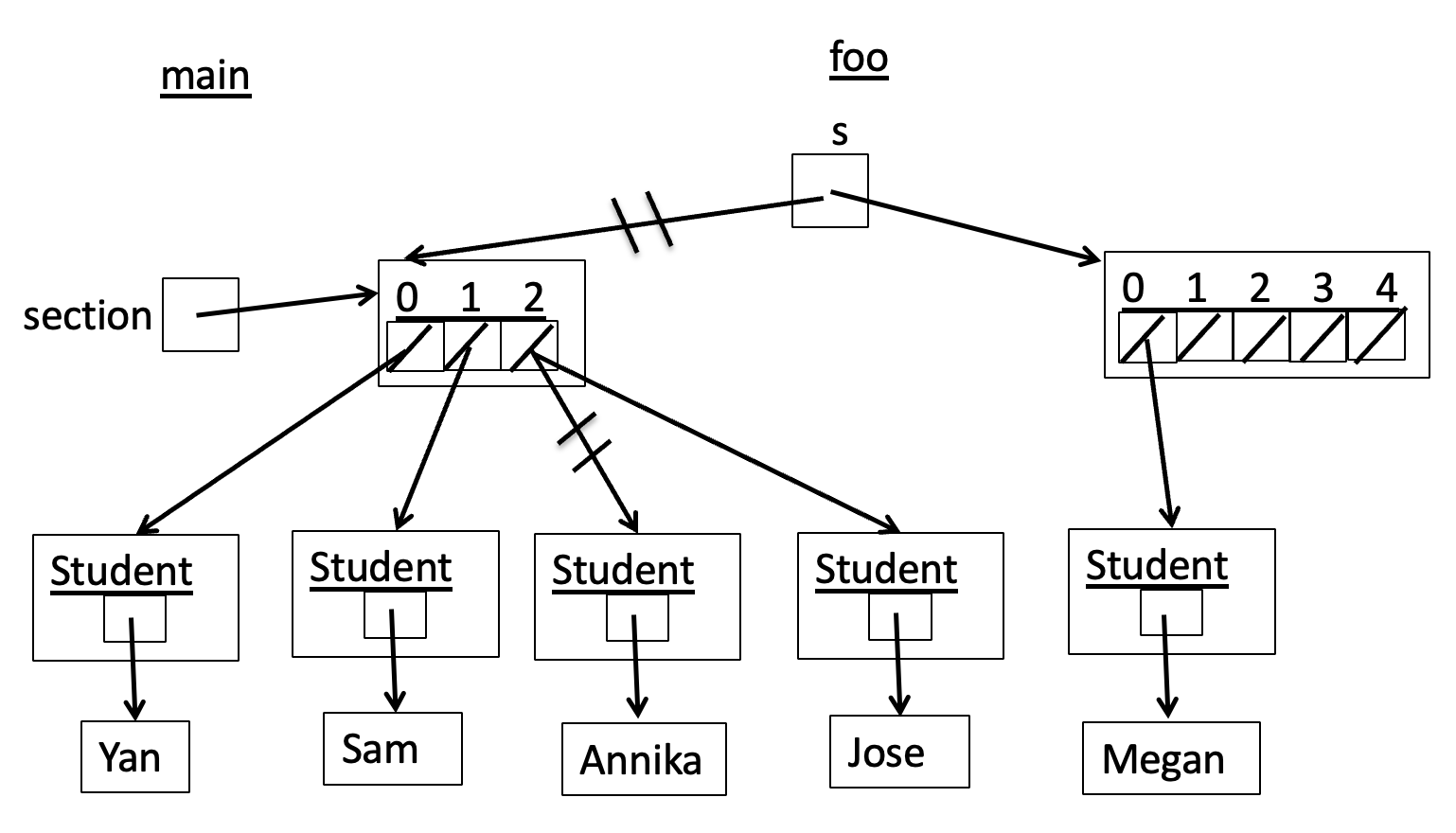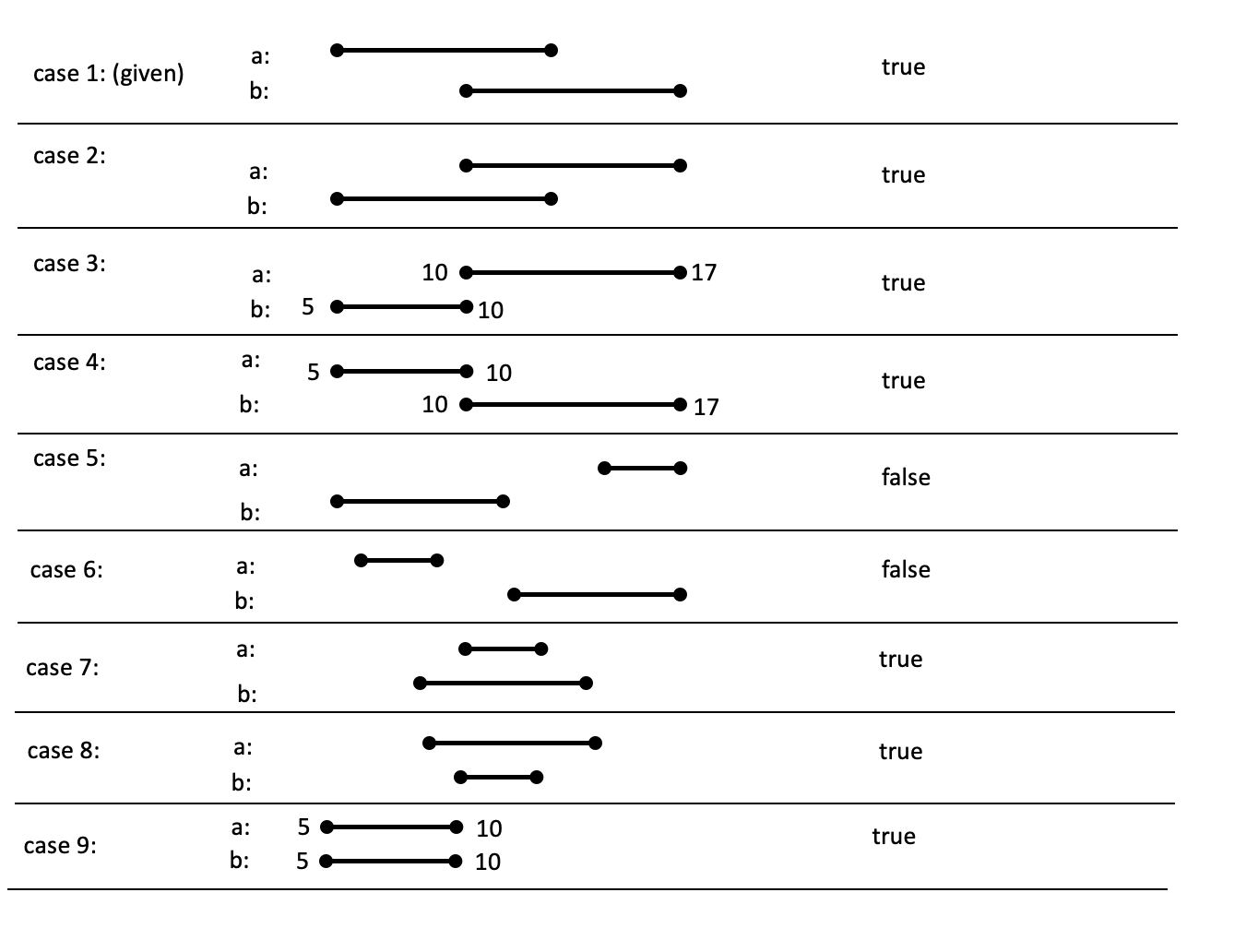

Part B [2].
Yan Sam Jose
Problem 2
A few possible correct solutions. Changes shown in bold.
public static void printSentence(ArrayListwords) { words.size()-1 for (int i = 0; i < words.size(); i++) { System.out.print(words.get(i) + " "); } System.out.print(words.get(words.size()-1); System.out.println("."); }
Problem 3
A few possible correct solutions.
mkdir cs455 mv pa* cs455 mv lab* cs455
// A class to represent a one-dimensional closed interval
public class Interval {
// space for instance variables here:
private double low;
private double high;
// Creates the interval from low to high
// PRECONDITION: low <= high
public Interval (double low, double high) {
this.low = low;
this.high = high;
}
// Returns the low bound of the interval.
public double low() {
return low;
}
// Returns the high bound of the interval.
public double high() {
return high;
}
// Returns true iff this Interval contains the specified point.
public boolean contains(double point) {
return low <= point && point <= high;
}
// Returns true iff this Intervals and the specified Interval overlap (i.e.,
// contain one or more points in common).
public boolean overlaps(Interval other) {
return !((this.high < other.low) || (other.high < this.low));
}
}
Problem 5
Credit was given for answers given in addition to these. Just showing solution visually here, except where the exact
number matters.

Problem 6
Problem 7
A few variations depending on how you do your loop
variables.
public static boolean repeatAtEnds(int[] vals, int seqLength) {
int endInd = vals.length - seqLength;
for (int startInd = 0; startInd < seqLength; startInd++) {
if (nums[startInd] != nums[endInd]) { return false; }
endInd++;
}
return true;
}